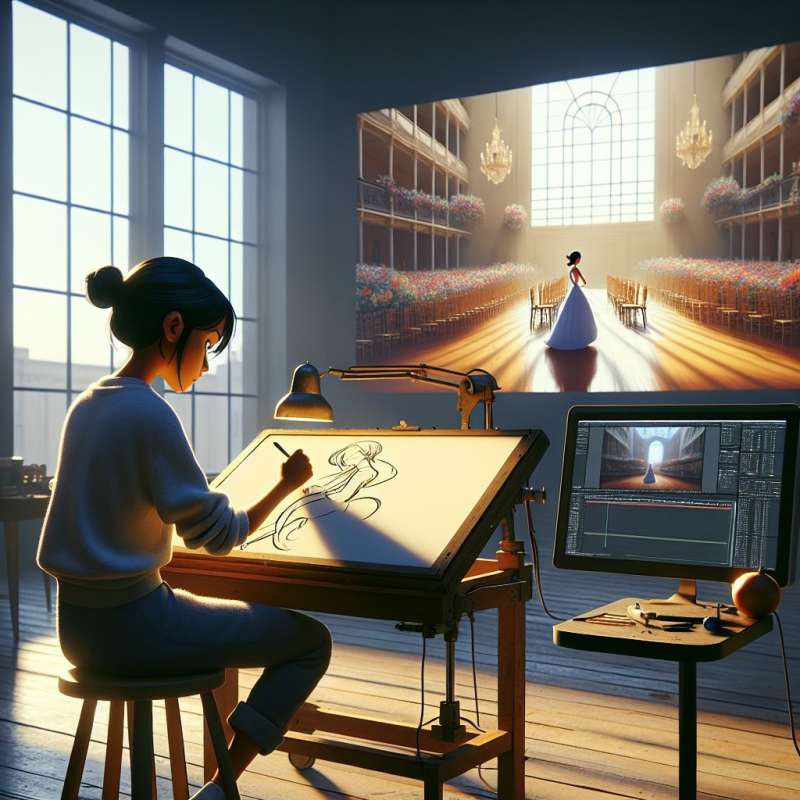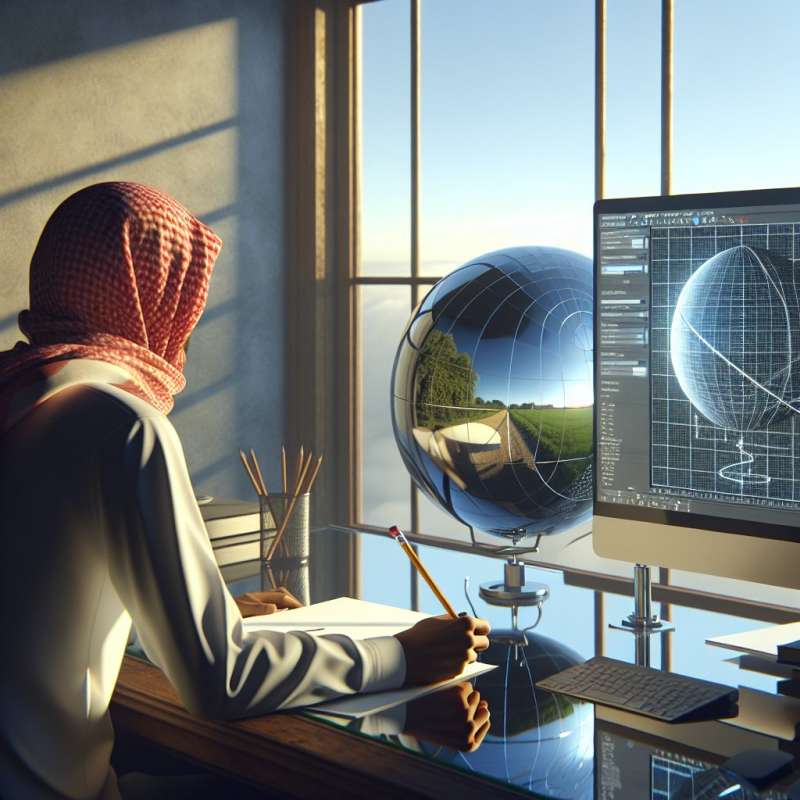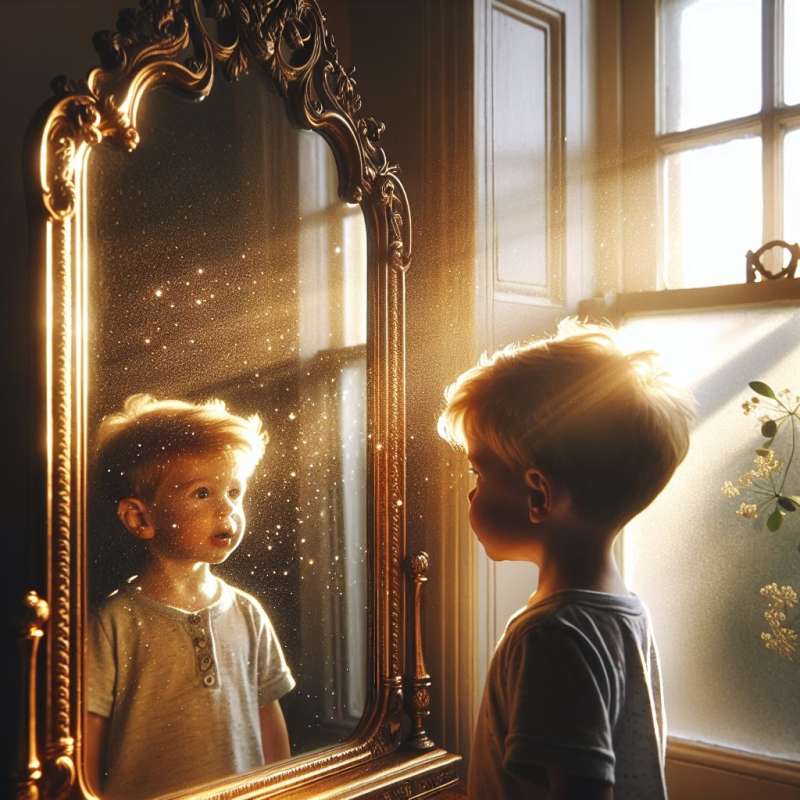
Mirrors in Animation
Animating mirrors presents unique challenges. Unlike other objects, mirrors reflect the environment, which requires additional rendering of scenes within the scene, increasing complexity and computational load significantly.
Reflection and Reality
To create realistic reflections, animators must understand the physics of light and how it interacts with different surfaces. This involves complex calculations for angle of incidence and reflectivity properties.
Rendering Techniques
Ray tracing, a rendering technique, calculates reflections by simulating light paths. However, it's computationally expensive. Rasterization, while faster, often lacks the precision for accurate mirror reflections.
Virtual Mirrors
Some animators use 'virtual mirrors', creating a duplicate of the scene behind the mirror's surface. This method saves computational resources but can lead to inconsistencies if not carefully managed.
Reflection Maps
Reflection mapping is a less resource-intensive technique. It uses a pre-rendered image of the environment as the reflection. This is less accurate but effective for backgrounds or distant mirrors.
Real-Time Challenges
In real-time rendering, like video games, mirrors are often avoided or simplified. Developers use tricks like portal rendering or simplified reflection effects to maintain performance.
Mirror Interaction
Animating interactions with mirrors, like characters looking at their reflection, adds another layer of complexity, requiring precise alignment of the character's model and the reflection.
Why are mirrors complex to animate?
Require extra scene rendering
Mirrors don't reflect light
Simpler than other objects
Company